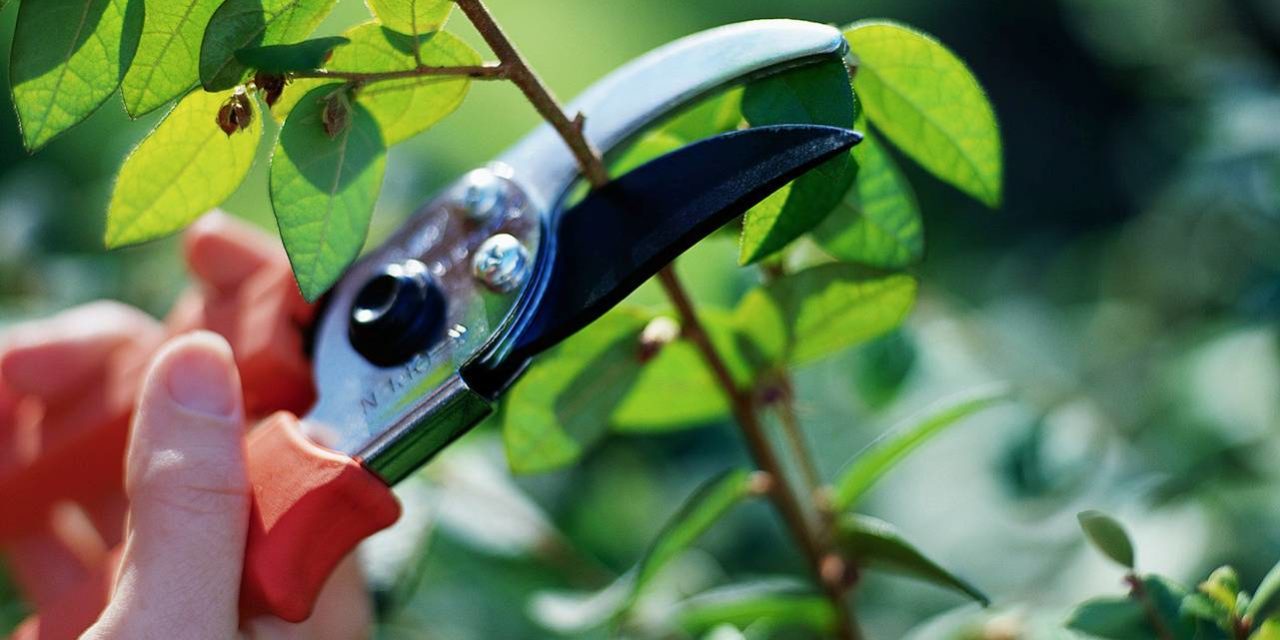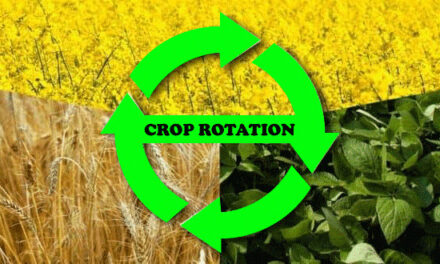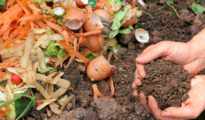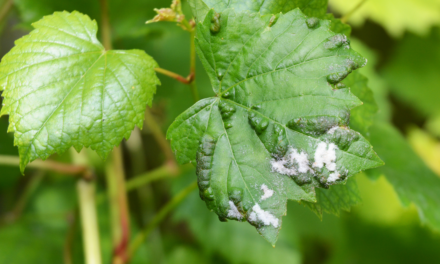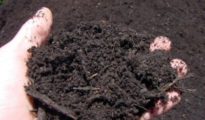Garden shears and pruners are indispensable tools for both the novice gardener and the seasoned pro. They help us shape plants, maintain garden aesthetics, and ensure plant health by removing dead or diseased branches. Yet, like any tool, their longevity and performance are directly related to how well we take care of them. Proper maintenance not only makes garden tasks more efficient but also extends the life of these tools. Here's your guide to keeping your garden shears and pruners in top-notch condition.
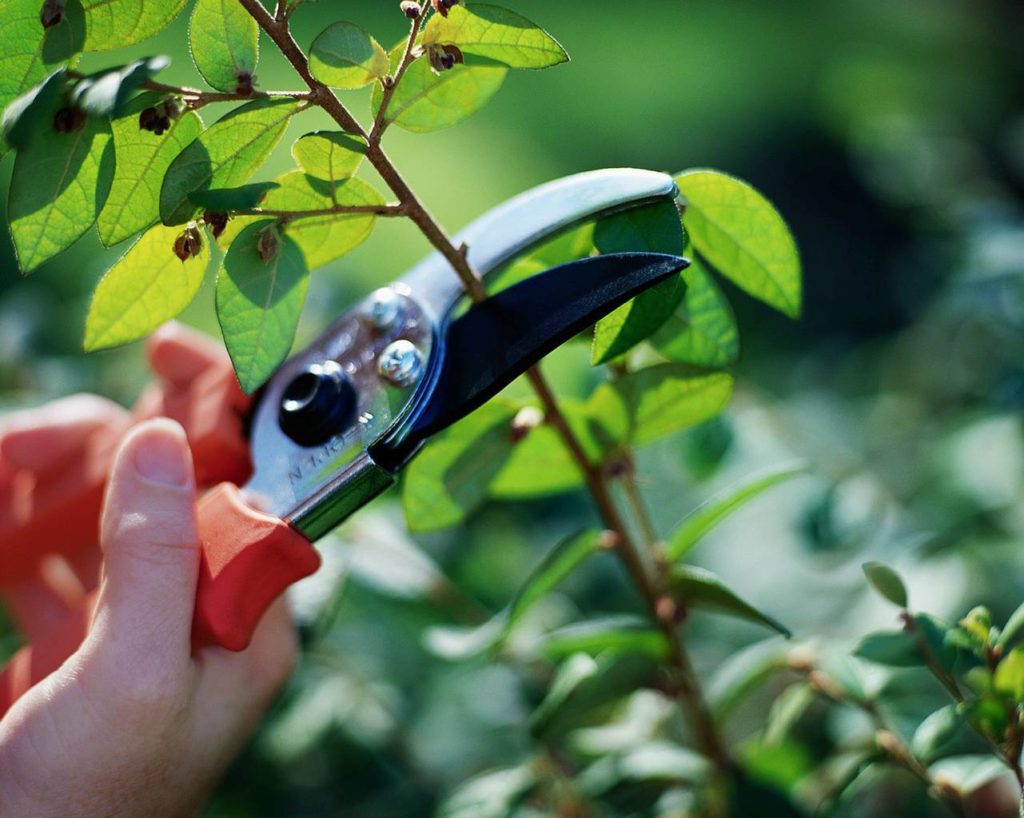
1. Clean After Every Use
a. Remove Sap and Plant Residue:
Plants often leave sap or residue on blades. This gunk can attract pests, spread disease, and corrode the metal. Use a simple soapy water solution and a cloth or sponge to wipe away any plant material. For stubborn sap, rubbing alcohol or specialized sap removers can work wonders.
b. Dry Thoroughly:
Water can lead to rust on the blades of your tools. After cleaning, ensure that you dry your shears and pruners completely.
2. Sharpen Regularly
A sharp blade makes cleaner cuts, which is not only easier for you but also healthier for the plants. Jagged cuts can be entry points for disease and pests.
a. Use a Sharpening Stone or Tool Sharpener:
Hold the sharpener at an angle that matches the blade's original bevel and move it in a single direction, usually from the base of the blade to its tip. Ensure you get a consistent edge without any nicks.
b. Test the Sharpness:
You can test the sharpness by cutting a piece of paper. If the blade slices through easily, you're good to go.
3. Lubricate the Blades and Joints
Lubrication helps in smooth operation and prevents rust.
a. Choose a Good Lubricant:
You can use motor oil, WD-40, or even vegetable oil. Apply a small amount to a cloth and wipe the blades and the pivot point of the shears or pruners.
b. Regularly Check for Tightness:
Over time, the nut and bolt at the pivot point of the pruners may become loose. Tighten it as required to ensure smooth operation.
4. Store Properly
Always store your garden shears and pruners in a dry place, preferably indoors. A tool shed, garage, or even a designated drawer can protect them from the elements. Hanging them up or keeping them off direct soil contact can also prevent unnecessary wear and tear.
5. Handle Breakages and Repairs Promptly
If you notice a blade is bent, a spring is missing, or any part seems faulty, address the issue immediately. Waiting can lead to more significant problems or even injuries. Some manufacturers offer replacement parts, which can be more cost-effective than buying a new tool.
6. Periodic Deep Cleaning
At least once a season, it's a good idea to disassemble your shears or pruners (if possible) and give them a thorough cleaning. This allows you to reach areas that regular cleaning might miss and ensures that every part of the tool remains in excellent condition.
Proper Maintenance of Garden Shears and Pruners: A Comprehensive Guide
For many garden enthusiasts, shears and pruners are as significant as the plants they nurture. Their silent companionship aids in sculpting the canvas of greenery that brings serenity and beauty. To ensure these tools stand the test of time, proper care is crucial. This guide delves deeper into the art of maintaining garden shears and pruners, ensuring both longevity and optimal performance.
1. Diligent Cleaning is Key
a. Address Sap and Plant Residue Immediately:
While it may seem innocuous, plant residue, particularly sap, can be detrimental. Sap can become a stubborn adhesive, drawing in dirt and acting as a catalyst for rust. Always have a cleaning cloth on hand and wipe down your tools after every session.
b. Tackling Stubborn Residue:
For those persistent patches of sap, using rubbing alcohol or a sap remover can be effective. Additionally, an old toothbrush can get into those hard-to-reach nooks and crannies.
c. The Importance of Drying:
Even stainless steel can corrode over time. By ensuring your tools are dry before storage, you minimize the risk of oxidation. A quick wipe with an absorbent cloth followed by air drying can be beneficial.
2. The Art of Sharpening
a. Recognizing Dull Blades:
Blunt blades can harm plants by causing uneven cuts, making them susceptible to diseases. It's essential to understand the signs: if you're putting in more effort to cut or if the cuts are jagged, it's time to sharpen.
b. Methods and Tools:
While sharpening stones are popular, there are also specialized pruner sharpeners available. Some gardeners even use diamond files for precision sharpening.
c. Safety First:
Always use gloves when sharpening to prevent accidental nicks or cuts.
3. Lubrication: Beyond Smooth Operation
a. Rust Prevention:
While lubrication ensures that your tools operate without hitches, it also forms a protective layer against moisture, preventing rust.
b. The Frequency of Lubrication:
It's a good rule of thumb to lubricate your tools after every cleaning session. This ensures that they're always ready for use.
4. Thoughtful Storage Solutions
a. Create a Designated Space:
Assigning a specific storage spot for your garden tools can prevent accidental misplacements and damage.
b. Avoid Damp Conditions:
Basements or sheds that are prone to dampness can hasten the corrosion of tools. Consider using silica gel packs or dehumidifiers in these spaces to keep moisture at bay.
5. Addressing Wear and Tear
a. Regular Inspections:
Once a month, take a moment to inspect your tools. Look for signs of wear, such as loose handles, bent blades, or missing components.
b. Repair vs. Replace:
In many cases, a simple repair can breathe new life into a tool. However, if the tool is beyond repair, investing in a quality replacement is worth the expense in the long run.
6. Seasonal Deep Cleaning
a. Disassembly:
By taking apart your shears or pruners, you can reach areas usually hidden from view. This allows for a more thorough cleaning and inspection.
b. Protective Coatings:
After a deep clean, consider using a light coat of mineral oil on the blades. This not only protects against rust but also keeps the blades operating smoothly.
Garden shears and pruners are more than just tools; they're extensions of a gardener's intent and vision. By investing time in their maintenance, you not only ensure their longevity but also pay homage to the craft of gardening itself. Remember, the relationship between a gardener and their tools is symbiotic: care for them, and they'll help your garden flourish.

